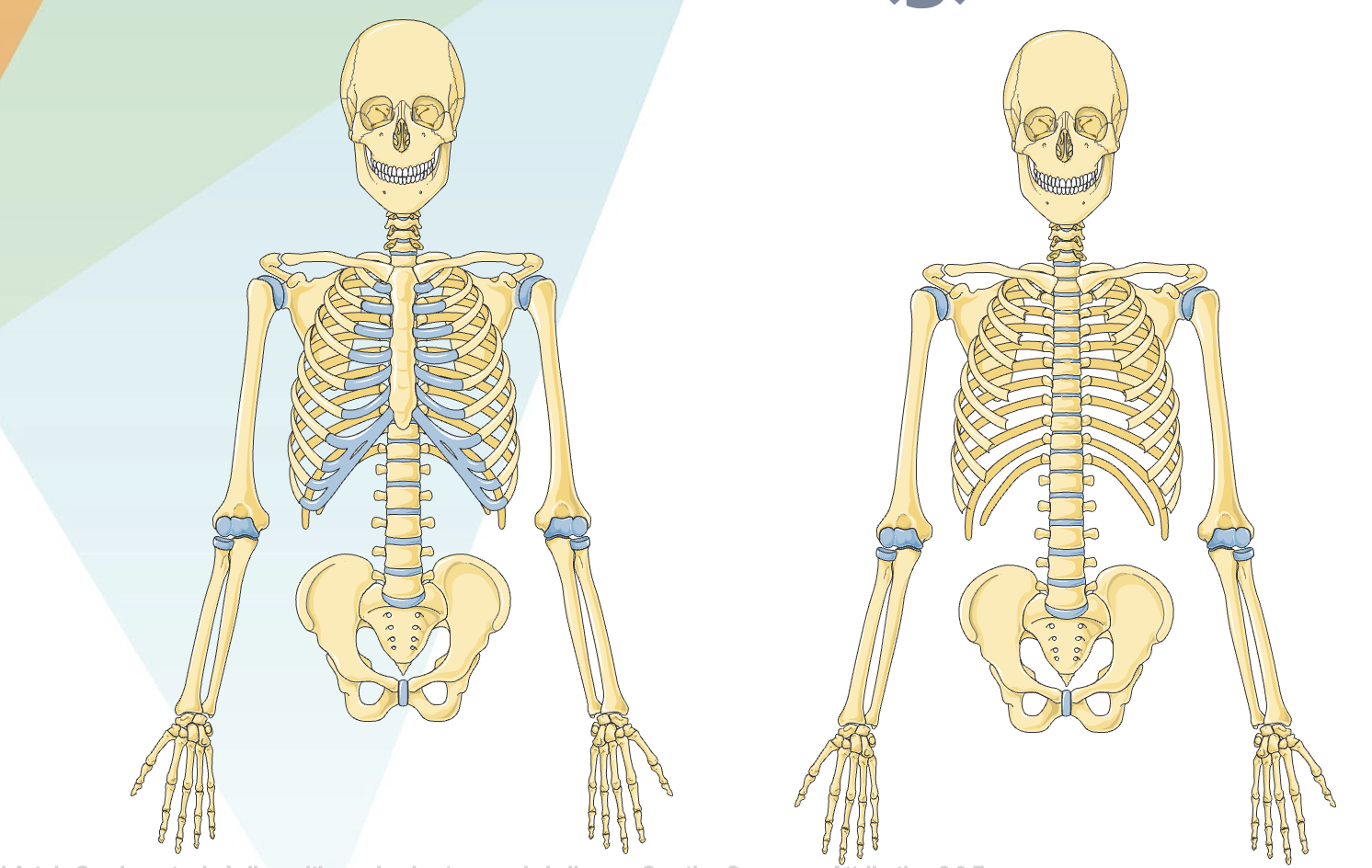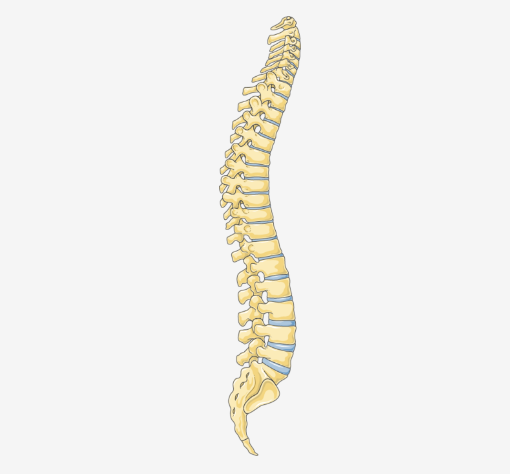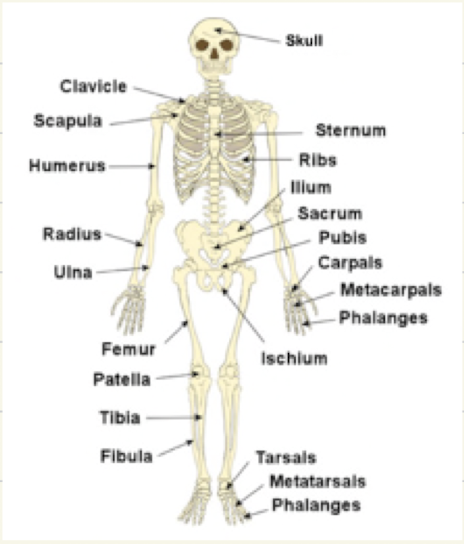1.1 The muscular skeletal system
1/22
Name | Mastery | Learn | Test | Matching | Spaced |
|---|
No study sessions yet.
23 Terms





name features of a synovial joint
articular cartilage, articular capsule, synovial membrane, synovial fluid, bursae, meniscus, ligaments
outline articular cartilage
Smooth tissue that covers the end of articulating bones at a joint
Allows the bones to glide smoothly over each other
Absorbs shock
outline synovial membrane
Lines the inner surface of the capsule
Secretes synovial fluid into the cavity
Encloses the synovial fluid
outline synovial fluid
Thick stringy fluid located inside the capsule
Helps to lubricate the articular surfaces of a joint
Nourishes articular cartilage by providing nutrients
Absorbs any debris
outline bursae
A small sac lined with the synovial membrane containing synovial fluid
Often found between a bone and soft tissue, such as tendons or ligaments
Reduces friction between structures by preventing friction and wear
Facilitates movement between structures and/or around a joint
outline meniscus
A crescent shaped pad of cartilage prevents wearing and rubbing
Helps the bones fit together
Improves stabilisation of the joint
Provides cushioning for the joint
outline ligament
Extension of the joint capsule
Consists of strong, fibrous connective tissue
Connects bones to bones
Provide strength and stability at a joint
outline articular capsule
Strong tissue enveloping the joint
Blends into the periosteum
Gives the joint stability
Stops unwanted material getting into the joint area
list the different types of synovial joints
hinge, ball and socket, condyloid, pivot, gliding, saddle